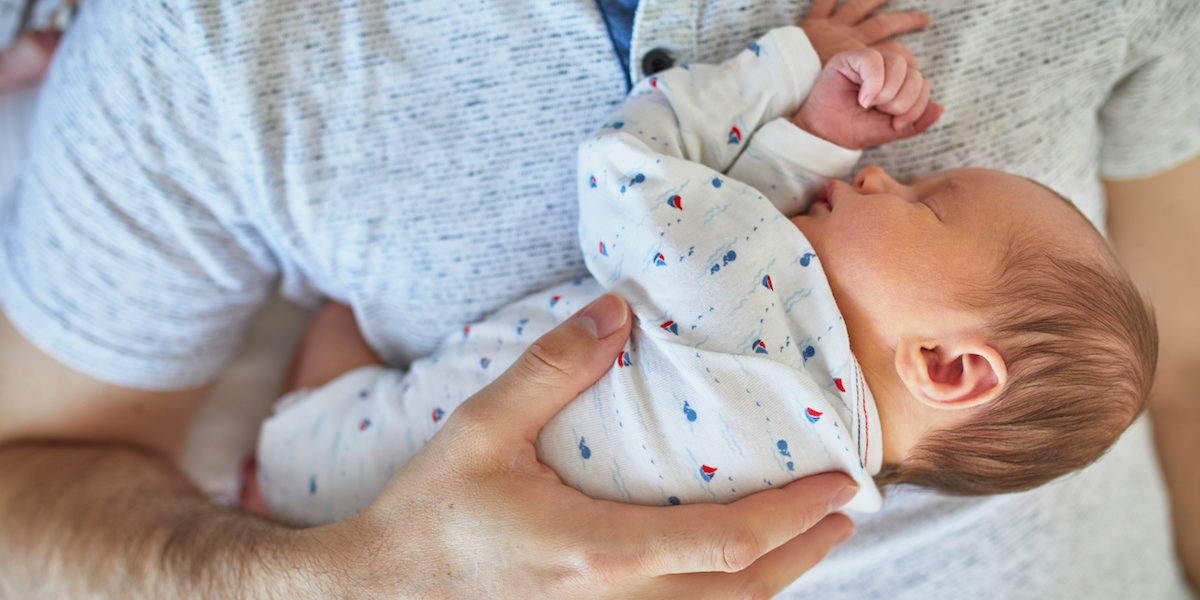How Maternity and Parental Leave Benefits Work in Canada

Dealing with an employee’s maternity or parental leave for the first time can feel overwhelming, especially when you do not know the facts. Even if you have yet to experience an employee requesting maternity or parental leave, it’s good to know everything ahead of time to prepare for when that day comes.
Here are some of the key things you need to know about maternity and parental leave benefits in Canada:
Maternity and parental benefits 101
Canadian employees receive maternity and parental benefits through Employment Insurance (EI) – or Québec Parental Insurance Plan (QPIP) if they live in Quebec.
A percentage of every employee’s salary, up to a maximum insurable amount, must go into EI, which is your responsibility to deduct from each paycheque. You’ll receive the maximum insurable salary and EI rates from the Canada Revenue Agency each year (you can also check that information here).
You also have your own share that you must contribute, which is 1.4 times the amount of EI deducted from your employee’s paycheque.
For example, let’s say that your employee makes $75,000 in 2019. They’re making more than the maximum annual insurable earnings for 2019, which is $53,100. Because the maximum is less than the employee’s yearly salary, you deduct EI on the first $53,100, not on the full $75,000, using the EI rate of 1.62%. You can calculate the estimated amount by using the Government of Canada’s Payroll Deductions Online Calculator.
Note: You may be able to get a reduced rate for your contribution towards EI if you provide your employees with a short-term disability plan.
How employees can be eligible for EI maternity and parental benefits:
- They must have worked for 600 insurable hours for one or more employer(s)
- Their earnings must have been reduced by more than 40%
- They’d have to claim EI within a period of 52 weeks.
The difference between maternity and parental leave benefits
Maternity benefits are provided to biological or surrogate mothers who are unable to currently work because they’re pregnant or have just given birth.
The facts on EI maternity benefits:
- Mothers can claim a maximum of 15 weeks of EI maternity benefits
- The benefits can be paid up to 12 weeks prior to the expected date of birth
- The benefits payment can end up to 17 weeks after the actual date of birth
- They will receive 55% of their average weekly income, up to a maximum amount
- The maximum amount as of January 1, 2019 is $562 per week
Parental benefits are provided to parents of a newborn or newly adopted child/children. Parental leave can be shared between the two parents or fully allocated to just one.
There are two types of EI parental benefits: standard and extended.
The facts on EI standard parental benefits:
- The benefits last 35 weeks – which can be shared amongst the two parents
- The benefits must be claimed within 12 months after the week the child was born or placed for adoption
- The parent will receive 55% of his/her average weekly income, up to a maximum amount
- The maximum amount as of January 1, 2019 is $562 per week
- If the child is born on or after March 17, 2019, and the two parents are sharing the time off, then they can receive five additional weeks of benefits, so long as the second parent is taking at least five weeks off
The facts on EI extended parental benefits:
- The benefits last for 61 weeks – which can be shared amongst the two parents
- The benefits must be claimed within 18 months after the week the child was born or placed for adoption
- The parent will receive 33% of his/her average weekly income, up to a maximum amount
- If the child is born on or after March 17, 2019, and the two parents are sharing the time off, then they can receive eight additional weeks of benefits, so long as the second parent is taking at least eight weeks off
Should you contribute more to your employee’s maternity/parental leave benefits?
Maternity and parental leave benefits are provided by the Government of Canada, and it is your employee’s responsibility to apply to receive one or the other. Although employers are not required to make any further contributions, many do provide additional maternity and/or parental leave benefits as part of their total benefits package.
You can top-up your employee’s maternity/parental leave benefits, also known as offering Supplemental Unemployment Benefits (SUBs). SUBs do not replace EI benefits, they are added in addition to. When combined with EI weekly benefits, the amount you contribute should not go over your employee’s normal weekly earnings. The contributions you make towards SUBs also cannot be used to reduce other accumulated employment benefits like sick leave, vacation credits or severance pay.
Supplemental payments to maternity/parental leave benefits are not considered insured contributions. That means that any contributions you make are not deducted from your employee’s EI benefits and you do not have to pay any fees towards EI either. Just make sure that you keep records to show the effective date of your SUB plan and include it in your company policy.
Offering your employees maternity/parental leave benefit top-ups can help your company stand out as one that values work-life balance and supports its workforce in times of need. It also helps alleviate some of the financial stress that comes with a new child.
Need more information on maternity/parental leave benefits?
The information in this article is provided for general educational purposes. While accurate as of the time of its publication, we strongly urge employers who are anticipating an upcoming maternity or parental leave to seek additional, timely and personalized information and guidance by contacting your Service Canada Centre. You can also visit the Government of Canada website as a resource for information about EI maternity and parental leave benefits.
